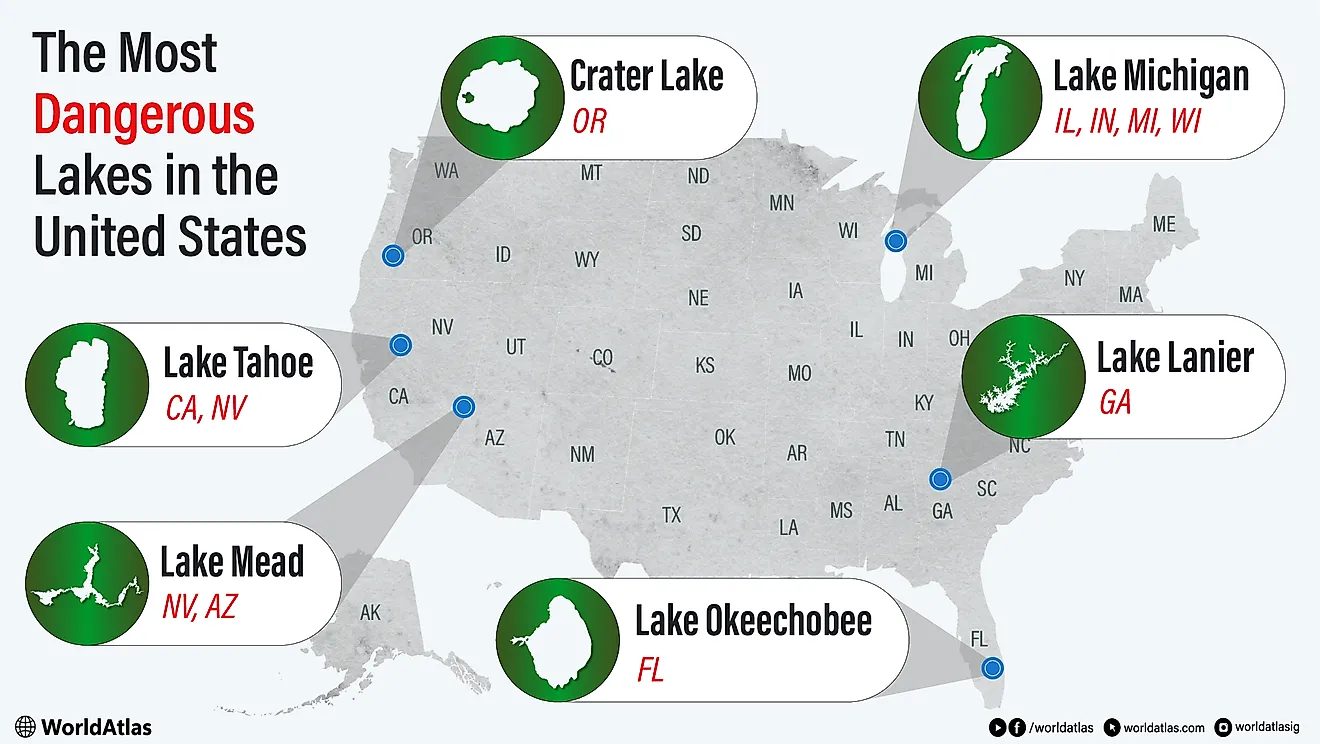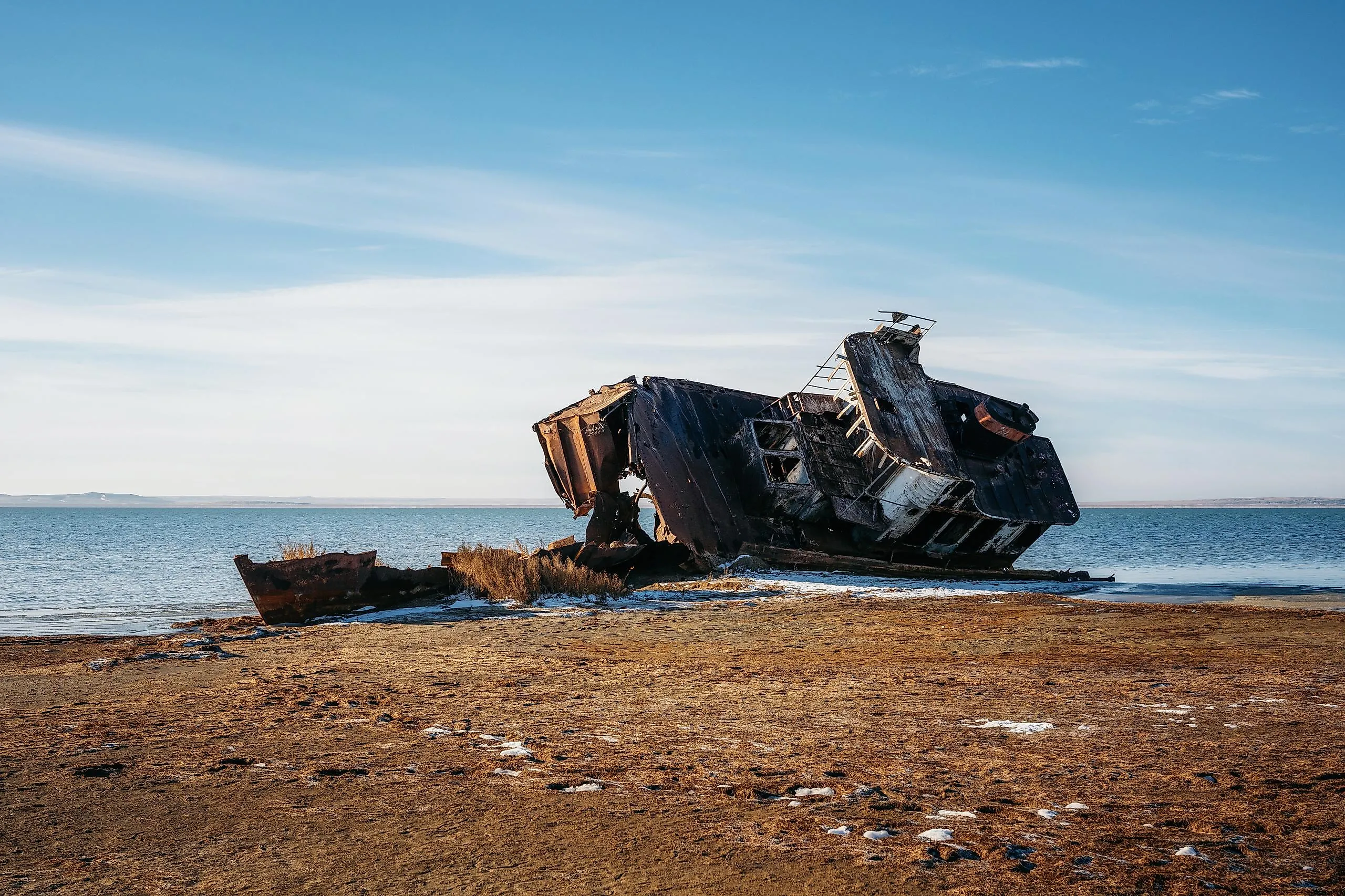
Do All Lakes Eventually Disappear?
Lakes are among the most serene and seemingly permanent features of the Earth’s surface. From the immense Great Lakes of North America to the extraordinarily ancient depths of Siberia’s Lake Baikal, these bodies of water have supported ecosystems and civilizations for millennia. However, the perception of permanence is an illusion when viewed through the lens of geological time. The truth is that every lake is a temporary feature, destined to one day vanish. They are born from dramatic geological events, but from the moment of their creation, they begin an inevitable process of decline. Whether through a gradual filling in or a catastrophic draining, all lakes are on a one-way path to disappearance.
Sediment Buildup
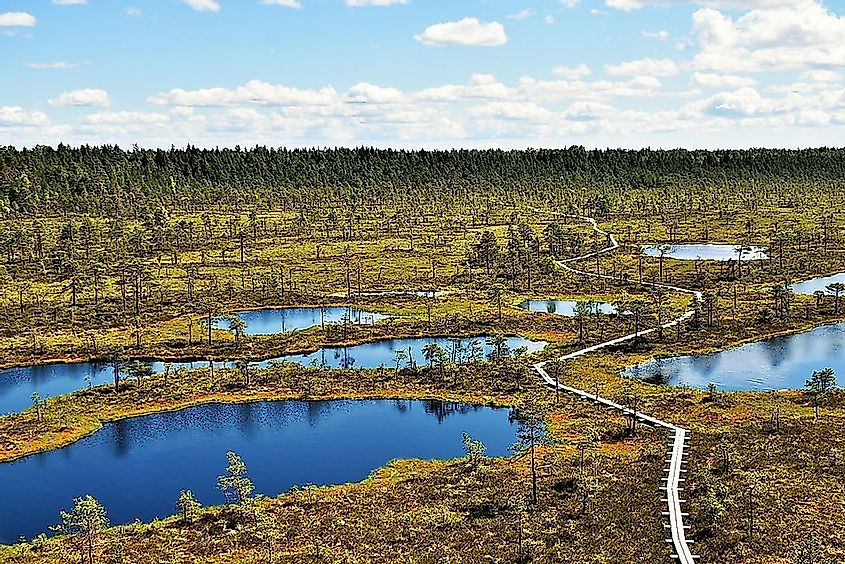
The most common fate for a lake is not a dramatic draining but a slow, quiet transformation into land. This process, called lake succession, is driven by the constant influx of materials from the surrounding watershed. Every river and stream that feeds a lake carries with it a load of sediment, which is the sand, silt, and clay washed from the land. Year after year, century after century, layers of sediment build up on the bottom of the lake, gradually making it more and more shallow. At the same time, organic matter from dying plants and animals within the lake also sinks, creating a nutrient-rich layer of muck. As the lake bed rises, sunlight penetrates deeper, allowing rooted aquatic plants to thrive. This vegetation traps more sediment and adds more organic debris upon death, accelerating the filling process and eventually turning the open water into a marsh, then a bog, and eventually a meadow or forest.
Water Outlet Erosion
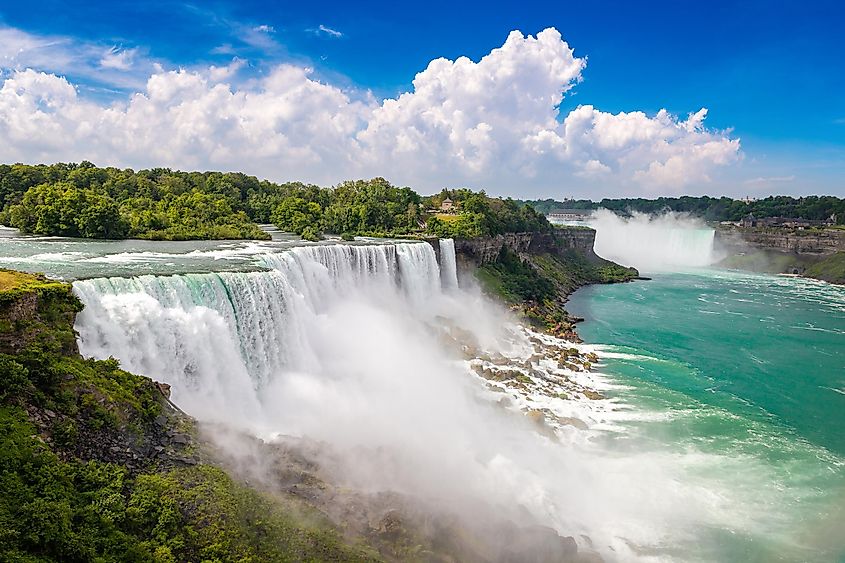
While many lakes fill in from the bottom up, others drain away as their outlets are eroded. Most lakes have a river or stream that allows excess water to flow out, and this outlet acts as a natural dam, setting the lake’s water level. However, the constant flow of water is a powerful erosional force. Over long periods of time, this outflowing river will slowly cut its channel deeper into the rock or soil that contains the lake. As the outlet channel deepens, the lake’s overall water level will drop with it. This process is happening currently at Niagara Falls, which is the primary outlet for four of the Great Lakes. The falls are slowly eroding their way upstream toward Lake Erie. Geologists predict that in many thousands of years, the falls will reach the lake’s edge, potentially causing a significant drop in its water level and drastically altering the landscape of the lower Great Lakes. On a shorter timescale, sudden geological events like landslides can dam a river to form a lake, but these natural dams are often unstable and can be breached, leading to a catastrophic and rapid draining.
Drainage From Below
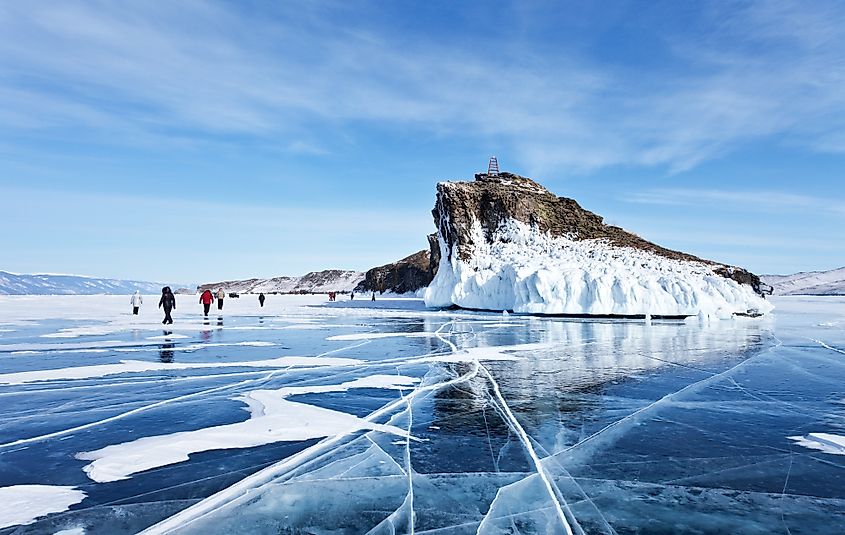
In some cases, lakes can vanish with startling speed by draining directly into the ground beneath them, akin to pulling the stopper in a bathtub. This phenomenon is becoming increasingly common in the Arctic, where countless lakes dot a landscape underlain by permafrost, or permanently frozen soil. This frozen ground is impermeable, which is why water is able to pool on the surface to form lakes in the first place. As global temperatures rise, however, the thawing process can weaken the ground beneath a lake, creating new underground drainage channels or causing the entire lake bed to collapse into a sinkhole. When this happens, a lake can drain in a matter of days or even hours, leaving behind a barren, muddy basin. A similar process occurs in regions with limestone geology, where acidic groundwater can dissolve the underlying rock, forming vast networks of caves and conduits. If a sinkhole opens up beneath a lake in such an area, it can completely empty the body of water in a short period of time.
Human Factors
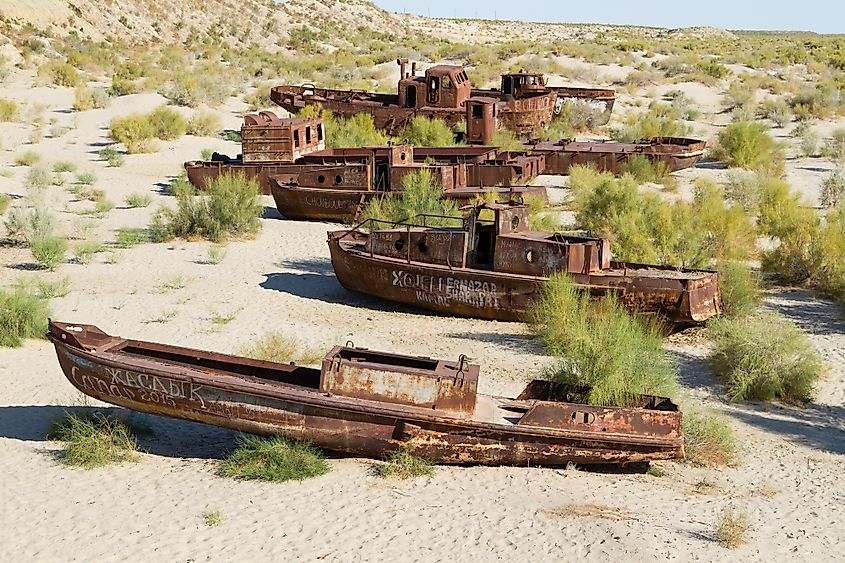
While natural processes operate on geological timescales, human activities can cause lakes to disappear within a single generation. The most tragic and well-known example is the Aral Sea in Central Asia. Once the fourth-largest lake in the world, it has shrunk to a fraction of its former size since the 1960s, when the Soviet Union diverted the two main rivers that fed the Aral Sea to irrigate vast cotton fields in the desert. Starved of its inflow, the lake began to evaporate faster than it could be replenished, leading to an ecological and economic disaster.
Similarly, California’s Tulare Lake, once the largest freshwater lake west of the Mississippi River, was drained in the late 19th and early 20th centuries as its tributaries were diverted for agriculture. The lake bed was transformed into fertile farmland; however, following unusually heavy rains and snowmelt in 2023, the lake dramatically reappeared, flooding farms and reminding us that water will always try to return to its natural basin. These examples serve as powerful illustrations of how the mismanagement of water resources can drastically accelerate the demise of these vital ecosystems.
No Lake Lasts Forever
No matter how large or deep it is, the apparent permanence of a lake is misleading. Every lake is a dynamic and transient water system, engaged in a constant battle against the forces that seek to eliminate it. For some lakes, the end comes with a whimper, as centuries of accumulating sediment slowly transform water into land. For others, the end is a roar, as water carves a new path or the ground itself gives way. And increasingly, this process is being hastened by human hands, through the diversion and overconsumption of the very water that gives a lake its life. Understanding the geological impermanence of lakes underscores the importance of wise stewardship to preserve them for as long as nature will allow. Because, when all is said and done, even the greatest lakes exist only for a fleeting moment in the long history of the Earth.






